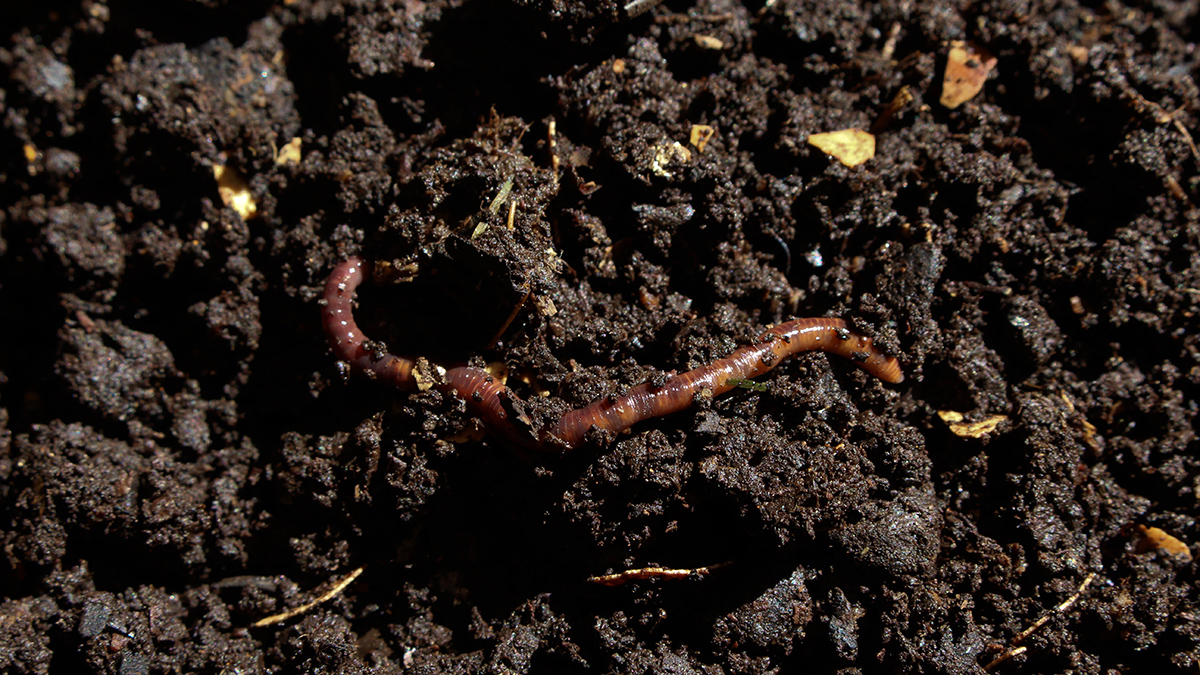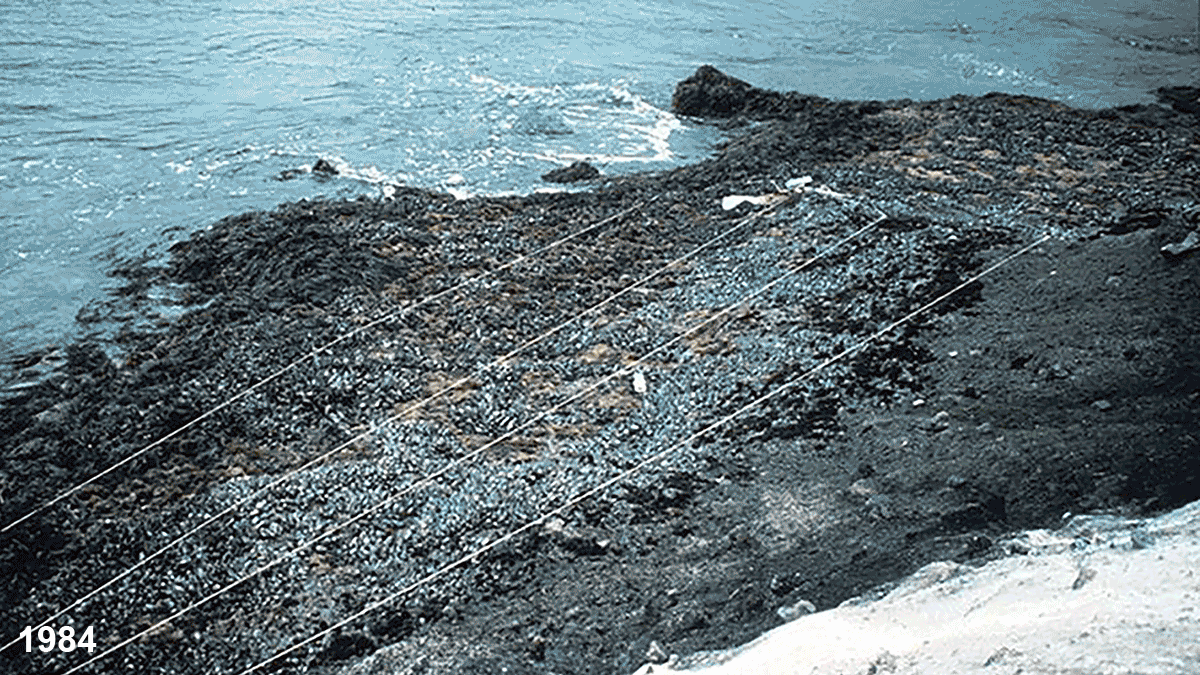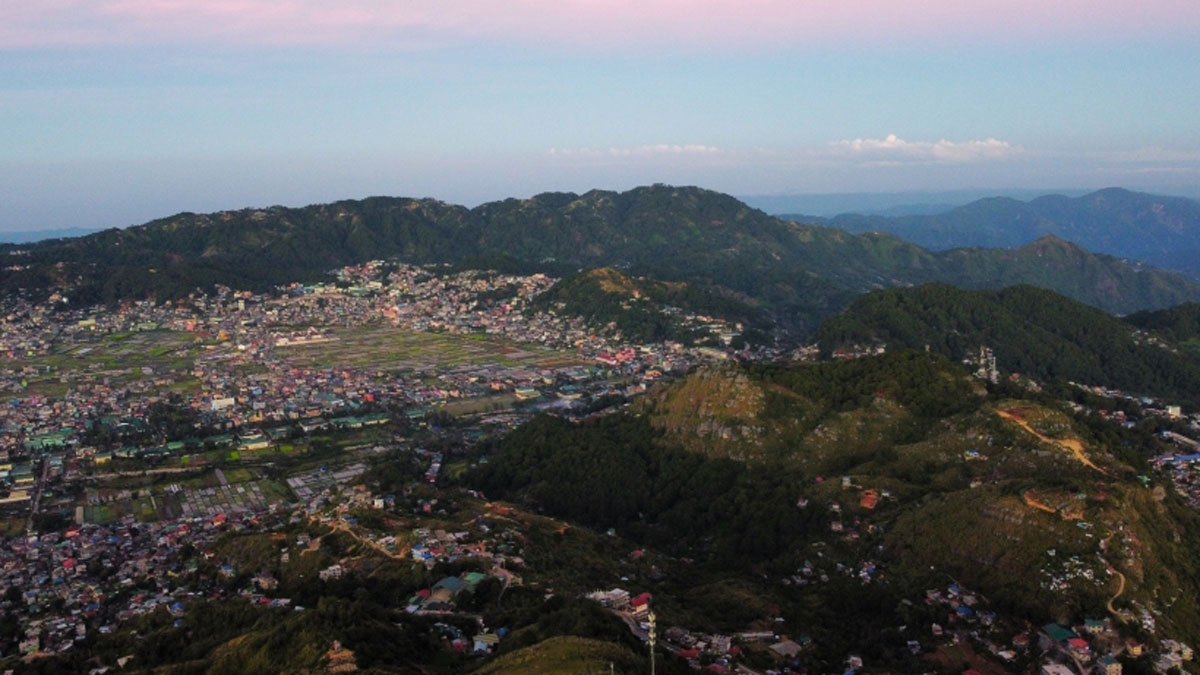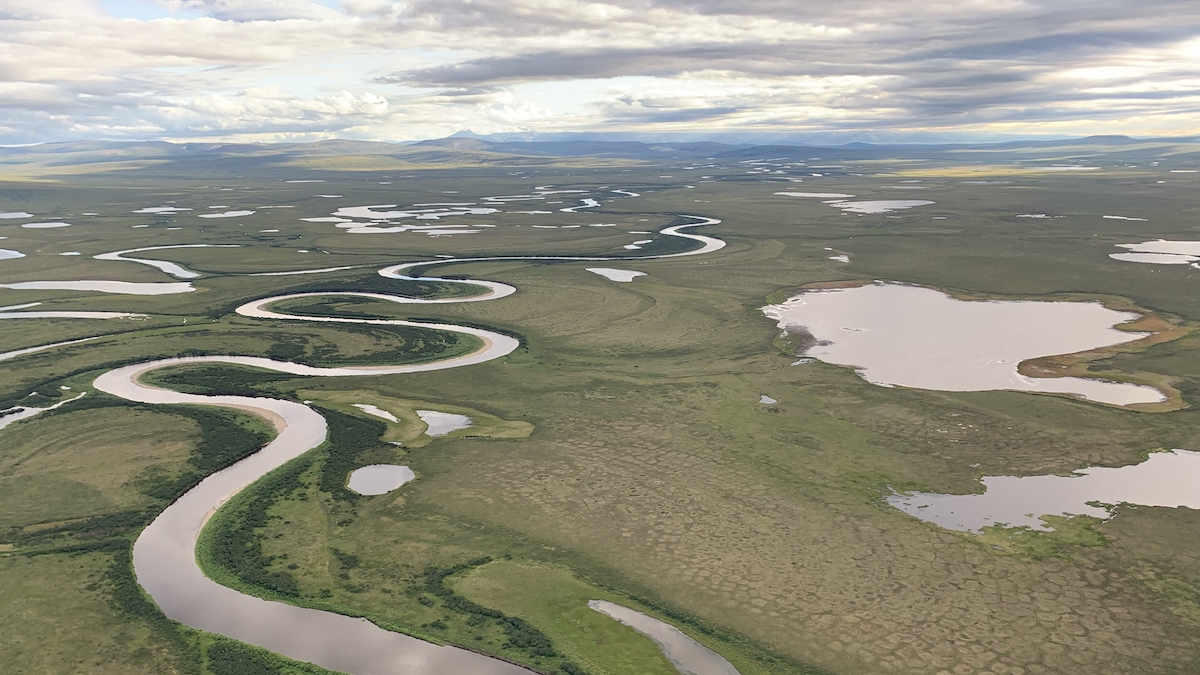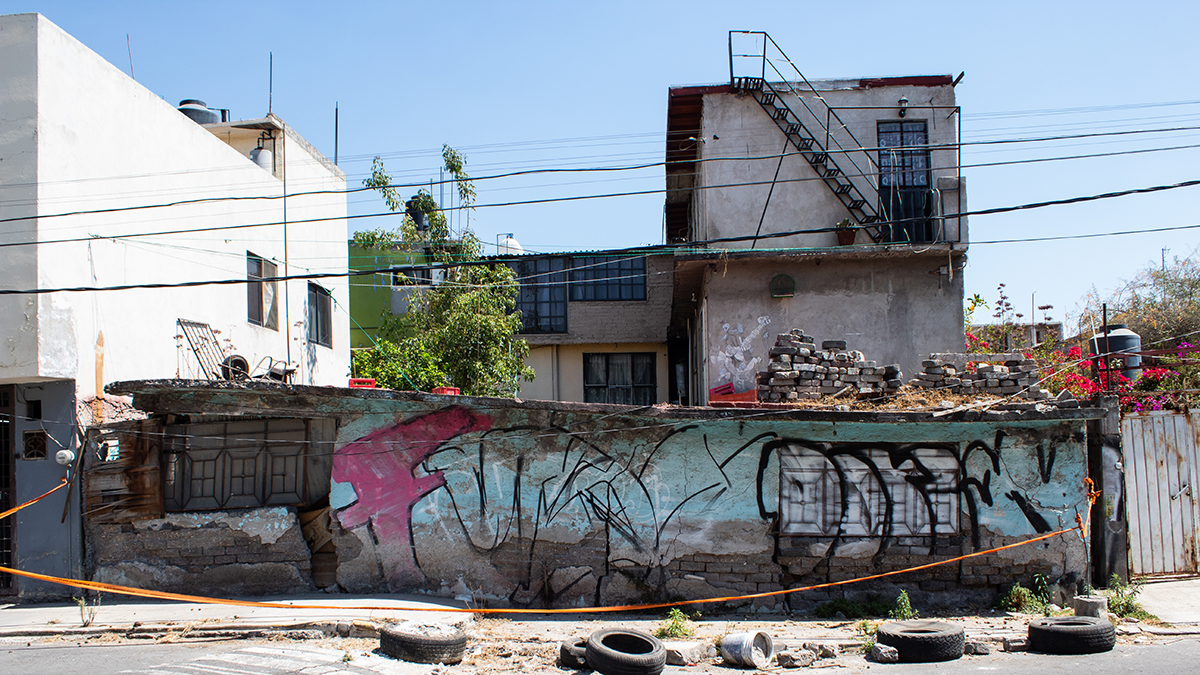New research in mineral weathering shows that earthworms may be an important contributor to Earth’s weathering cycle.
News
Ocean Warming Is Wiping Out Southern California’s Mussel Beds
Historic photographs reveal the dramatic retreat of mollusks as warmer waters take a toll on the health of the intertidal zone.
Lightning Struck Down as Source of a Venus Whistler
Whistlers were a key piece of evidence in favor of Venusian lightning. New measurements question the connection.
Weather and Watershed Forecasting Make for Dam Smart Water Use
Using weather forecasts in reservoir management improves decisions about water supplies. Now researchers are studying the hydrology around reservoirs to help apply this strategy nationwide.
Shallower Clouds Hang More Often over Lost Forests
Two decades of satellite data show that deforestation in Southeast Asia has led to widespread low-lying clouds that might affect regional climate.
Beavers Have Engineered Ecosystems in the Tetons for Millennia
Analysis of lake sediment in Grand Teton National Park is helping piece together ecosystem history, with helpful implications for land managers today.
Another Record-Breaking Year in the Arctic Amplifies Calls for More Data
A downward spiral of the Arctic’s ecological health and climatic conditions continued in 2023, causing problems for people, plants, and animals, according to a new NOAA report.
La extracción de agua subterránea está causando el hundimiento de la CDMX
Investigadores aseguran que saber cuánta agua está siendo extraída es crucial para resolver la crisis de infraestructura y de abastecimiento de agua en la capital.
Satellites Map Environmental Vulnerabilities in U.S. Prisons
Geoscientists are using remote sensing to gather data on risks including increased exposure to air and soil pollution, excessive heat, wildfire, and flooding.
Ocean Vessels May Trigger Lightning Strikes
Previous research indicated aerosols in ship exhaust could enhance lightning. New research indicates the ships themselves may be to blame as well.

